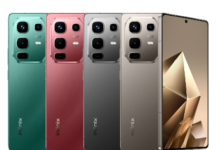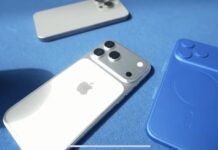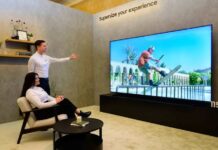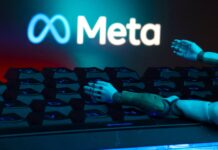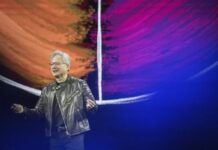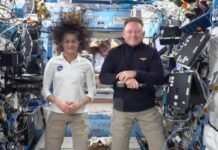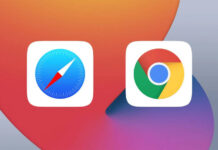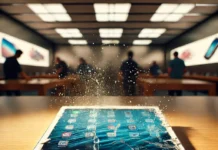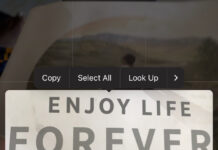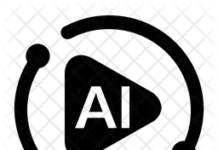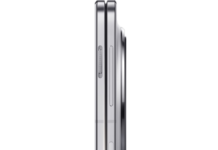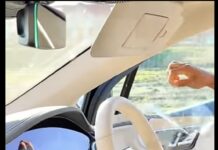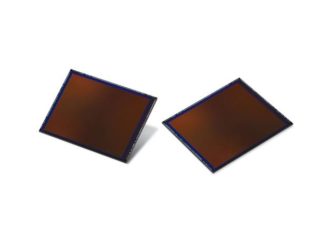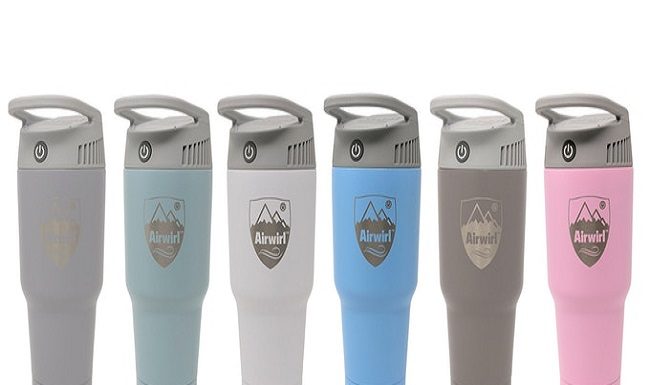If other social networks integrate AI into their platform for picture or image generative purposes, how much more Snapchat who as “always approached creating value for the Snapchat community by doing things that are playful, that are fun, [and] that are sometimes a little bit silly and a little bit weird,” says Jack Brody, Snap’s VP of product, in an interview with The Verge.
Snapchat is introducing their own generative AI selfies called “Dreams”. It is similar to that which one-off apps like Lensa have already popularized.
How it works!
First, upload a series of real-life selfies in the app specifically for Dreams.
Snapchat will also display a eight-photo packs to choose from with themes like back to school, etc
And voila, in about 30 minutes, with a ping alert, you have your futuristic look ready
Although, snapchat Dreams does not allow for custom prompts like WhatsApp does for now, and their images are not particularly perfect, but more options will arrive soon. According to jack, tools like this aren’t just perfected when they’re launched but are being tweaked and perfected as time progresses. “If you look at the way we approached AR, for instance, all of the Lenses that we created when we first launched were made in-house,” he said. “Over time, we did open this up to the community and we have a robust process for ensuring that community Lenses conform with our community guidelines and are also loved by the community. So, I think when you look at Dreams, that’s the way we’re approaching it.”
Also, soon, the company plans to let people add their friends to their Dreams. It is however, against the terms of service to use someone else’s selfie to create individual Dreams— you have to agree to this even before using Dreams in single-player mode.
Snapchat also mentioned sponsored Dreams from companies like Pepsi and Disney.
The company said The first pack of Dreams is free to make and each additional one costs $1 as an in-app purchase. Snapchat users in Australia and New Zealand are getting access to Dreams starting today, followed by access opening up to the rest of the world over the coming weeks.
featured image credits, TS2 Space
